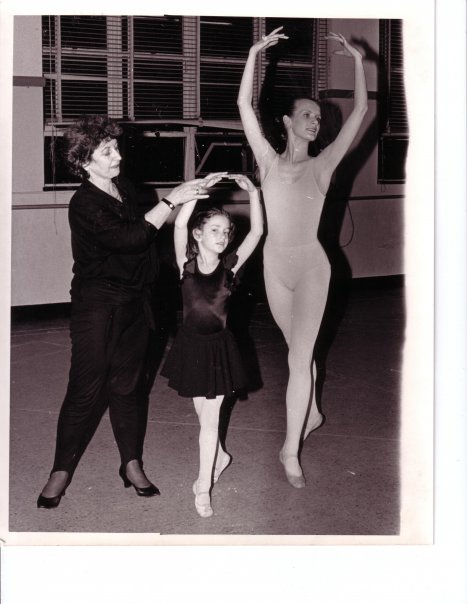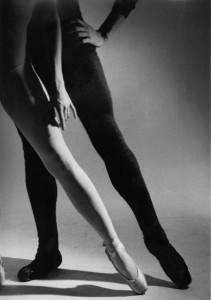As a dance professional, managing your online presence is part of the overall picture when it comes to marketing yourself. There are many ways to do this–you can have your own website, or you can develop a presence on sites that focus on dance. Today we asked a representative from Betterfly to talk with 4dancers readers about their site and how it can serve those who work in the dance community… [Read more…]
NEDA Toolkit: A Resource For Dance Teachers
The National Eating Disorders Association [NEDA] has launched a new educational toolkit that could be extremely helpful to those who instruct dance. Although it is primarily geared toward athletic departments, athletic programs and gyms, any dance instructor can benefit from having a good knowledge of eating disorders.
This resource has information from nutritionists, coaches and even from Kate Thomas, Director of The School at Steps Dance School.
Information covered includes:
+ The facts about eating disorders
+ Help with identifying those affected by eating disorders
+ A guide to possible treatments
Improve Your Teaching In The Dance Studio
There are many terrific tools you can use to improve your teaching ability–no matter where you teach. Here are a few that you can employ:
- Read as much as you can about teaching. There are tons of books out there that can give you ideas. Magazines and blogs also share some good tips for dance teachers. The more you know, the more resources you can draw on when you are in front of students.
- Talk with fellow dance professionals. Fellow dancers and teachers offer a wealth of information in terms of how to teach–and how not to teach. Don’t learn everything the hard way–benefit from their experience.
- Videotape yourself. Take a class and tape it (be sure you have the permission of students/parents), then review your performance over a cup of coffee at your leisure. Be brave–invite a fellow teacher or two over to critique you. You can always return the favor.
- Ask your students to “grade” you. Getting feedback from students is done in most classroom settings…why not in dance class?
- Get an observer in. Have someone come in with the express purpose of giving you feedback on the class. It can be anyone that you trust, but it may be better if it is a fellow instructor.
When I first started teaching, I had a lot to learn. I developed quite a bit on my own, but the things I learned from others were priceless in terms of moving me forward as a professional. Every single one of us can improve, and all it takes is the willingness to listen to the feedback you receive–and perhaps make a few changes in the way you do things here and there.
Teaching Tip: Stretching
 Here’s a quick teaching tip to include in your class when appropriate…
Here’s a quick teaching tip to include in your class when appropriate…
Dance teachers often advise students to breathe when they stretch instead of holding their breath–but they don’t always explain why. If your students are old enough to understand more advanced concepts, tell them that holding your breath increases your blood pressure.
This isn’t a healthy habit to get into, and if they understand the “why” of it all, they may be more likely to make the change.
National Dance Teachers Association, UK

The National Dance Teachers Association in the UK is the national voice for dance education in the United Kingdom. Members include lecturers, dance teachers, advisors and other dance professionals, and the group serves as a network for dance teachers in schools. The NDTA has a wide reach, and they hold an annual conference. There is also a network of regional representatives who serve the organisation.







